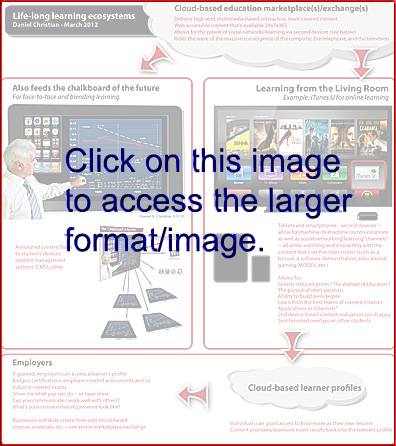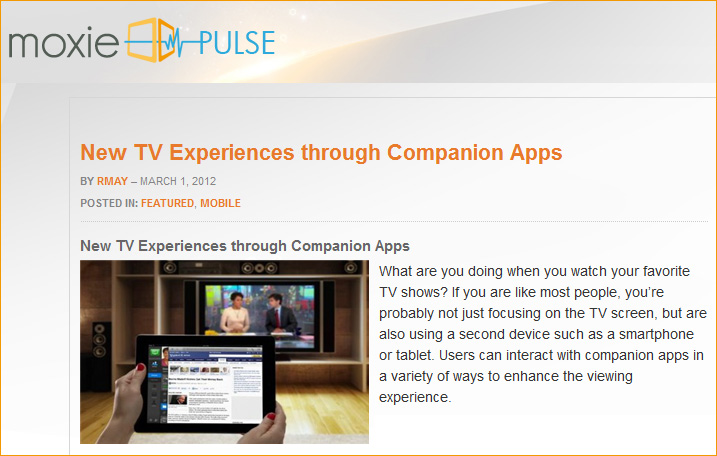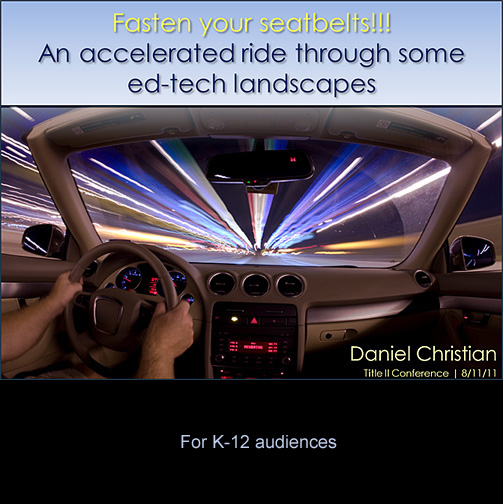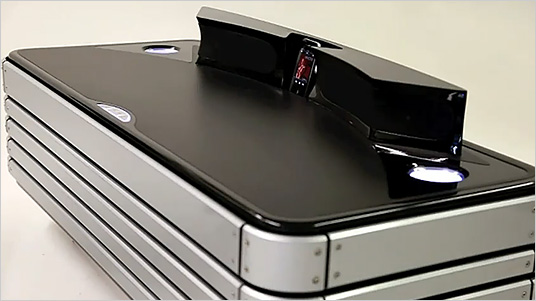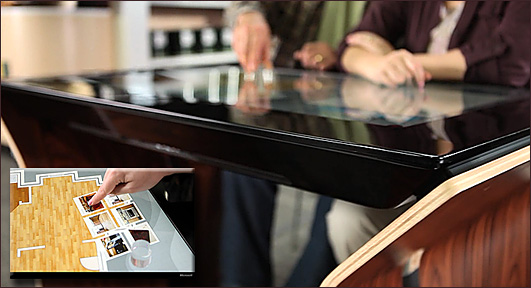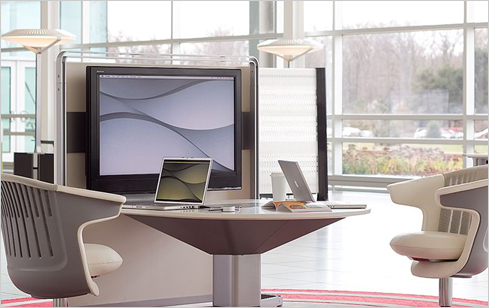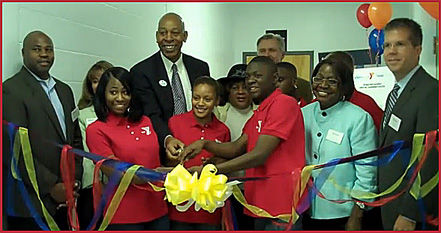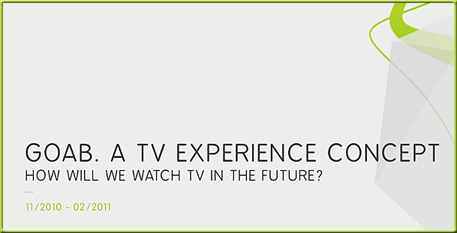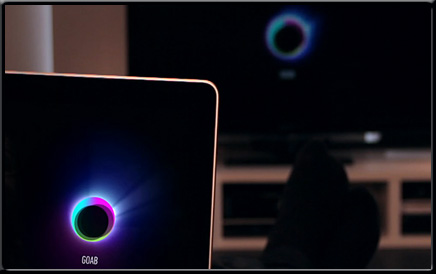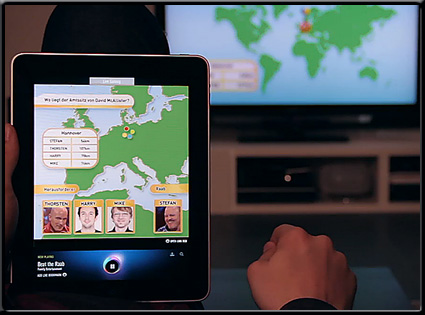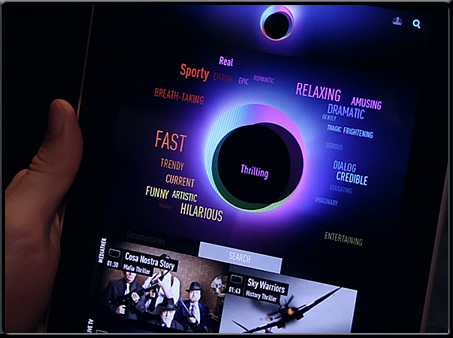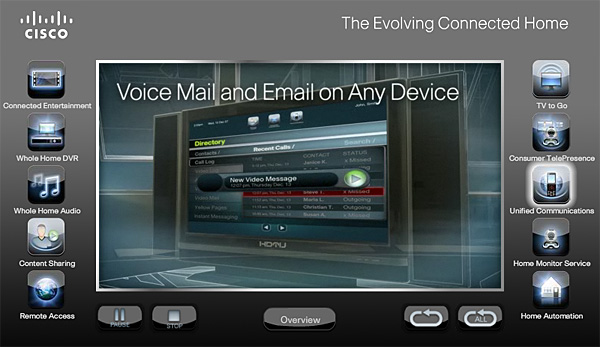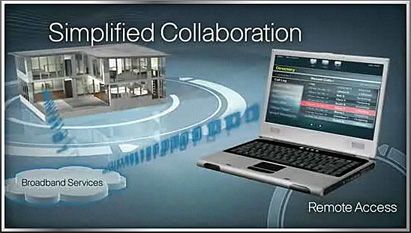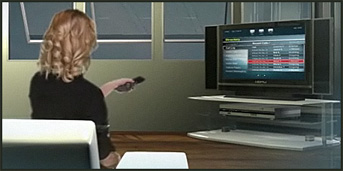From DSC:
Arguably, Sal Kahn has become the most famous, influential educator on the planet today — his videos are watched millions of times a day now. The question — which Eric Schmidt answers in the piece — I couldn’t help but ask was, “Why didn’t this type of innovation come from someone who was working in education at the time of their innovation?”
My thanks to Dr. Kate Byerwalter and her colleagues for passing along this resource.
The tags/associated categories for this posting point out the relevant areas covered.
Also see:
- Khan Academy: The future of education?
(CBS News) Sal Khan is a math, science, and history teacher to millions of students, yet none have ever seen his face. Khan is the voice and brains behind Khan Academy, a free online tutoring site that may have gotten your kid out of an algebra bind with its educational how-to videos. Now Khan Academy is going global. Backed by Google, Gates, and other Internet powerhouses, Sal Khan wants to change education worldwide, and his approach is already being tested in some American schools. Sanjay Gupta reports.
From DSC:
A relevant graphic comes to mind with what Sal is trying to achieve with analytics:

i.e. Highly-effective diagnostic tools for the educators and trainers out there!










